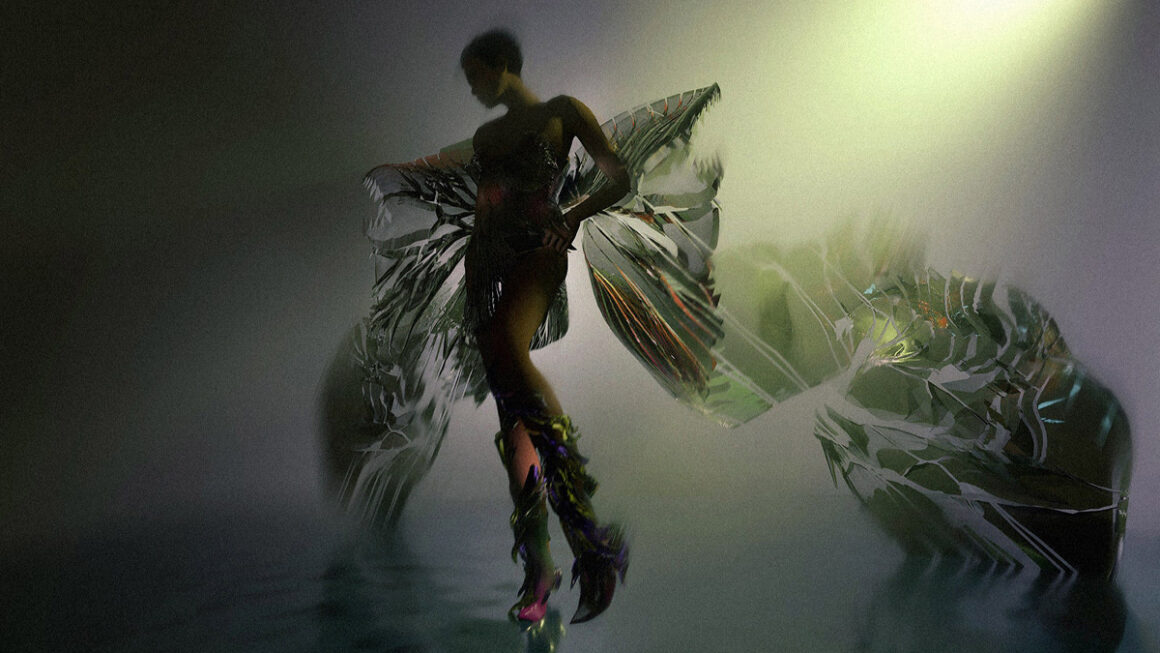The digital fashion movement was founded on a simple concept two years ago: bringing both common and uncommon apparel online.
Despite the efforts of premium fashion labels and Web3-native entrepreneurs, a thriving digital ecosystem for wearable fashion remains elusive. Interoperability, the technology required for a virtual garment to travel between Internet realms, may not be available for several years. Even if it did, the majority of metaverse systems are cumbersome and sparsely populated.
Daniela Loftus, founder and CEO of DRAUP, believes that most digital fashion designers are unaware of this.
Loftus remarked that it is foolish to prioritize interoperability when there is no obvious value proposition.
Loftus believes that many fashion designers and proponents of the metaverse are misinformed and out of touch with regard to their efforts to promote wearable virtual clothing.
Loftus stated, “To be hammering down, like a lot of big digital fashion platforms currently are, on interoperability—when it doesn’t actually seem like a big value prop—is stupid.”
Interoperability and wearability have nothing to do with DRAUP or its first collection, “Seen On Screen,” a collection of 648 digital fashion designs created in collaboration with Nicolas Sassoon.
The pieces are generative, which means that Sassoon’s digital textiles are sculpted by an algorithm into one-of-a-kind digital apparel items during minting. Loftus and his associates determined the algorithm’s parameters.
It is not practical. “Optical sculptures,” Sassoon states.
Loftus began her career in digital fashion as a staunch proponent of virtual wearability, but the past two years have altered her perspective on how to translate fashion’s real-world utility—as a statement of status, style, and often wealth—into the digital experience.
Loftus said, “If you’re honest about NFT collectors right now, it’s a lot of men—a lot of men who are buying things because they socially signal, maybe as art, and for financial speculation. The wearer market, though, that’s a lot of women. But those women are not prepared to say, ‘I’m going to socially signal now by, instead of spending $3,000 on a Chanel bag, spending $3,000 on a digital asset.’”
Loftus rethought how digital resources can be utilized to create virtual fashion items as powerful as luxury handbags and designer shoes. Generative art, which has captivated a number of Web3 cultural settings, was a natural selection.
Loftus referred to generative digital fashion as “code is couture.” “Instead of ‘Here’s how to wear it,’ the question is ‘What’s the story behind this trait? How did this collaboration come about? How seldom? It’s like selling art.”
Loftus expects that the works will be shared, admired, and discussed in the same manner as Art Blocks’ generative art. This is how they will be viewed and how they will acquire social signifying value, something Loftus believes metaverse platforms are still years away from providing.
DRAUP will make its products compatible with the metaverse as technology advances and wearability gains greater social significance. Until then, the works will reside on DRAUP. The company will continue to release designer-focused, meticulously selected collections every few months.
Three tiers of “Seen on Screen” will be published, with “SEAL” and Nicolas Sassoon one-of-one NFT holders gaining priority access. Next, members of the “Insider” Discord community of DRAUP, 9dcc, Admit One, Ledger, and SYKY will enter. The third stratum is the public allowlist.
Content Source: decrypt.co
The post This innovative digital fashion startup is skipping metaverse appeared first on NFT News Pro.
